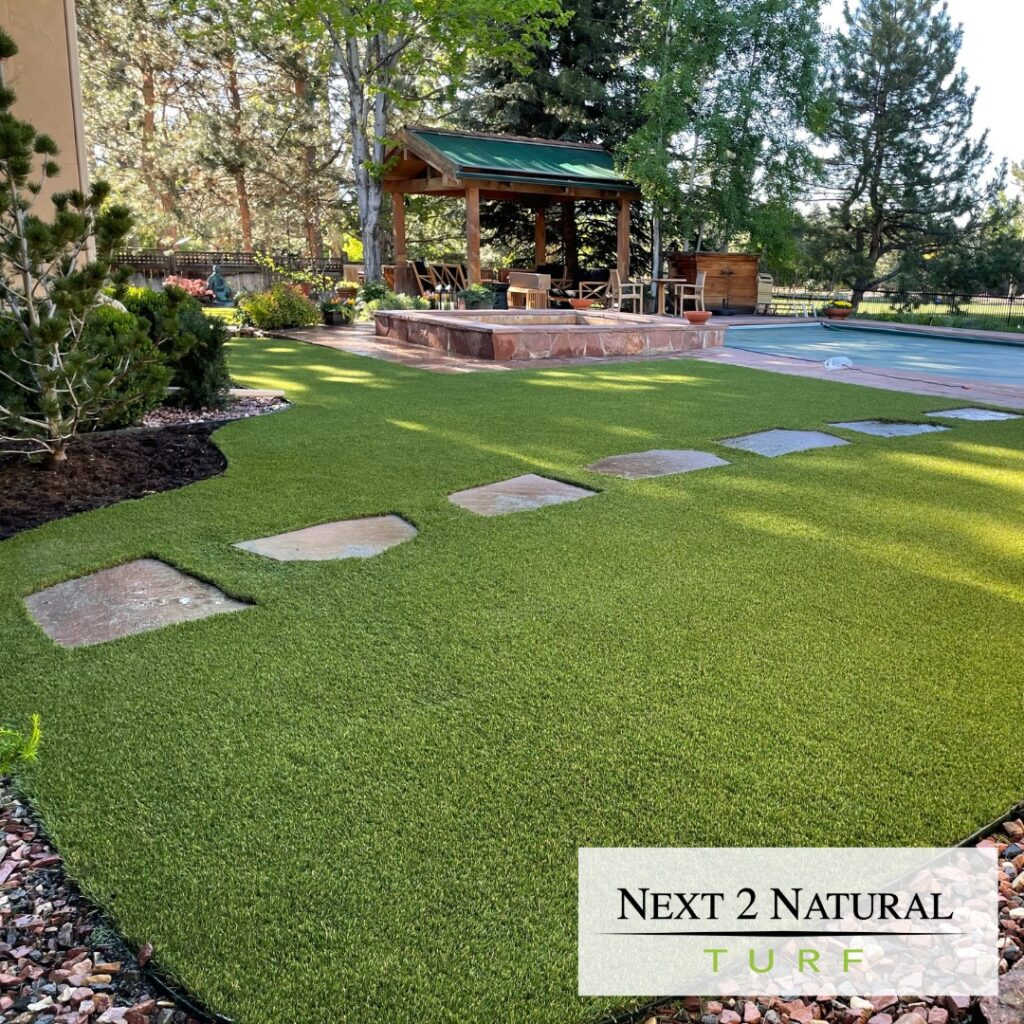
Having a beautiful green lawn is the dream of every homeowner. Imagine walking barefoot on a soft and lush lawn on a bright summer day. However, choosing the right type of grass for your lawn can be an overwhelming task. Deciding between natural and artificial grass is the first step to achieving that dream green lawn.
Maintenance:
One of the main factors to consider when choosing between natural and artificial grass is the level of maintenance required. Natural grass needs frequent cutting, watering, fertilizing, and aerating to keep it healthy and looking great. On the other hand, artificial grass requires little to no maintenance. You don’t have to water it, mow it, or fertilize it.
Durability:
Denver artificial grass companies affirm that synthetic grass typically lasts longer than natural grass. It is made of a durable material that can withstand harsh weather conditions. If you live in an area with extreme temperatures or heavy rainfall, artificial grass may be a better option for you. Natural grass isn’t as durable and may fail to thrive in extreme weather conditions. It can wilt, turn brown, and even die if it doesn’t receive enough water or sunlight.
Appearance:
Natural grass looks more natural than artificial grass. It has a fresh scent, vibrant color, and natural blades that blow in the wind. Moreover, natural grass is more comfortable to walk on. However, you may need to put some effort into maintaining the natural grass’s appearance. On the other hand, artificial grass looks like real grass, but it might be less satisfying to some people because of its plastic look. Nevertheless, it doesn’t require much effort to maintain its appearance as long as you keep it clean.
Cost:
While artificial grass costs less to maintain in the long run, it’s also expensive to install. It requires a professional installation, which can be costly. On the other hand, natural grass is cheaper to install, but it requires constant maintenance, which can also be costly over time.
Environmental Impact:
Natural grass contributes to the environment by producing oxygen, absorbing carbon dioxide, and reducing soil erosion. It also helps cool down the surrounding environment. Artificial grass doesn’t have these environmental benefits, as it is made of plastic. It requires plastic-based infill, which can break down into microplastics and cause environmental harm.
Choosing between natural and artificial grass comes down to personal preference, lifestyle, and budget. While artificial grass is beneficial in some ways, it can have negative effects on the environment. On the other hand, natural grass requires maintenance, but it serves as a sustainable way to enhance the appearance of your lawn. When making a choice, consider the above factors, and select the grass that fits your needs. Ultimately, the decision is yours.
